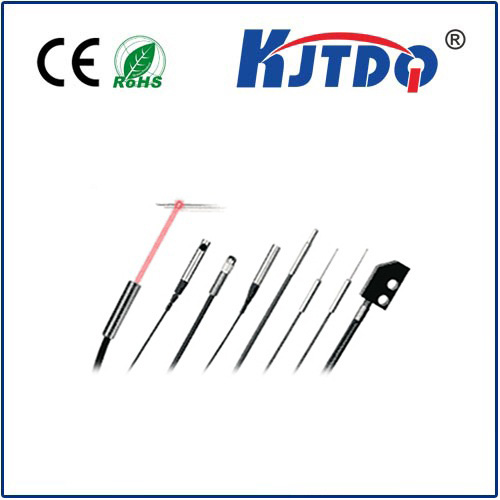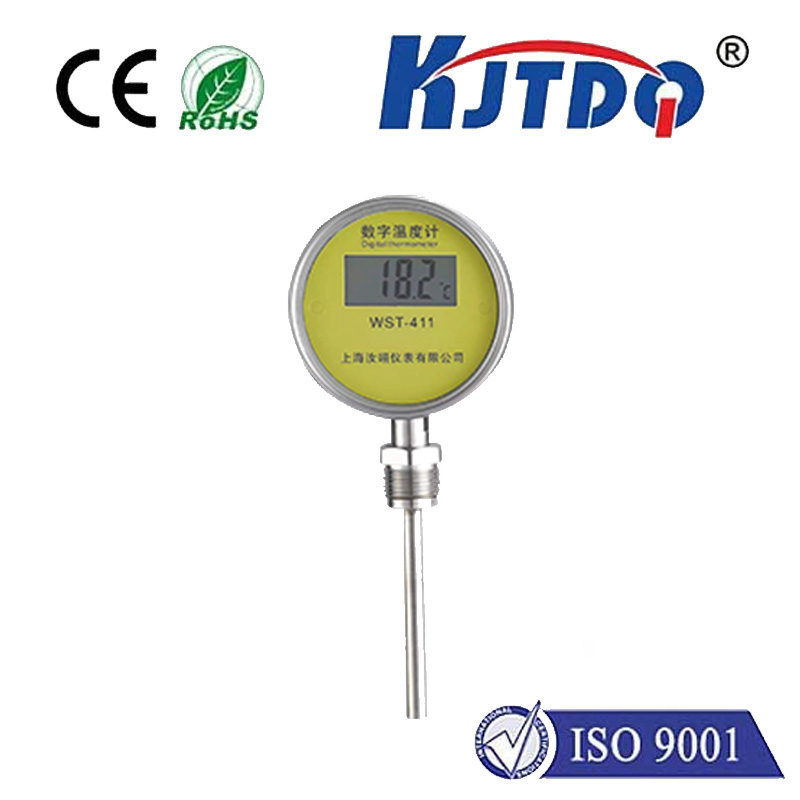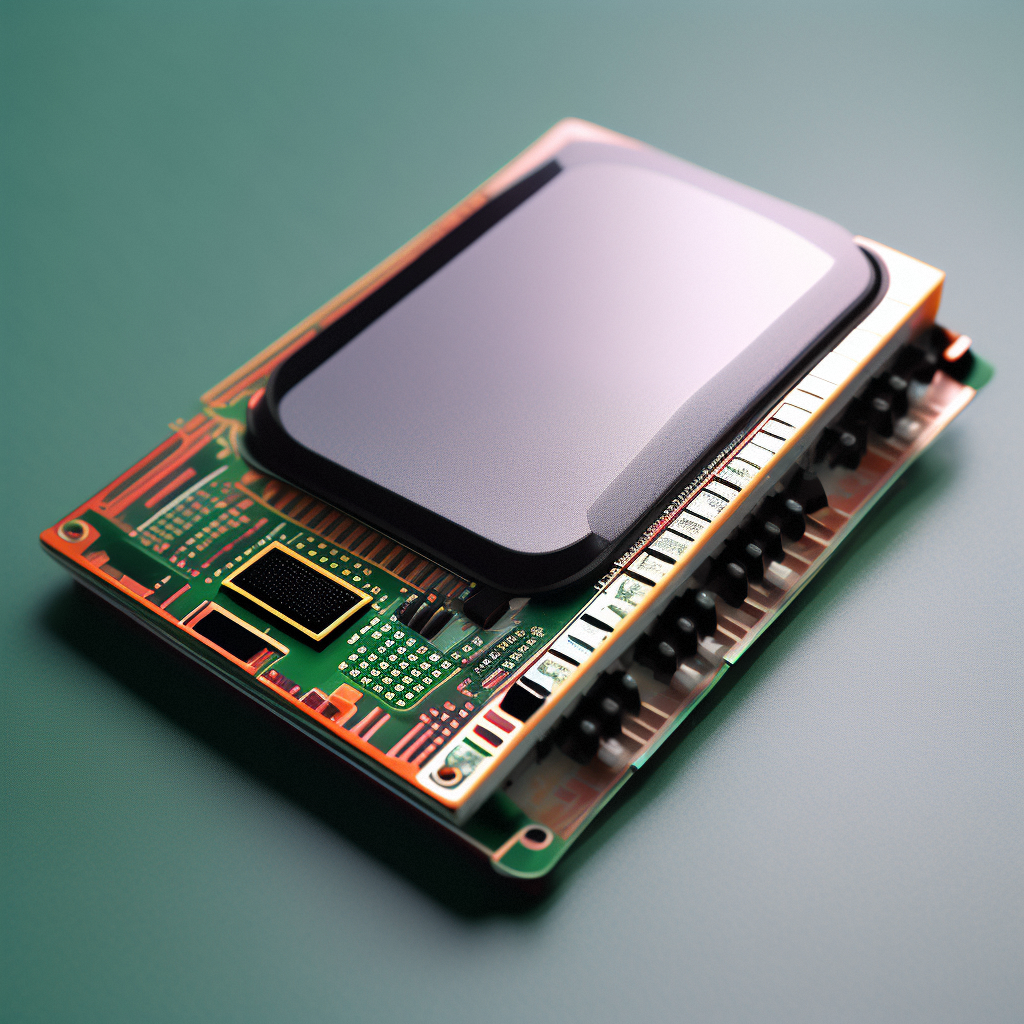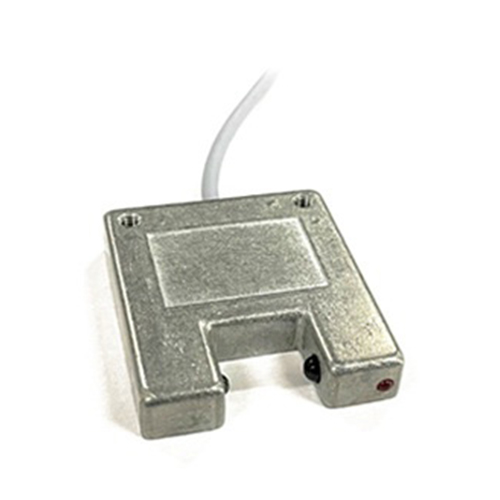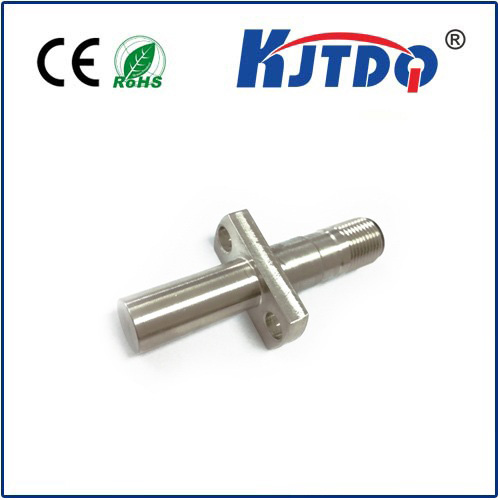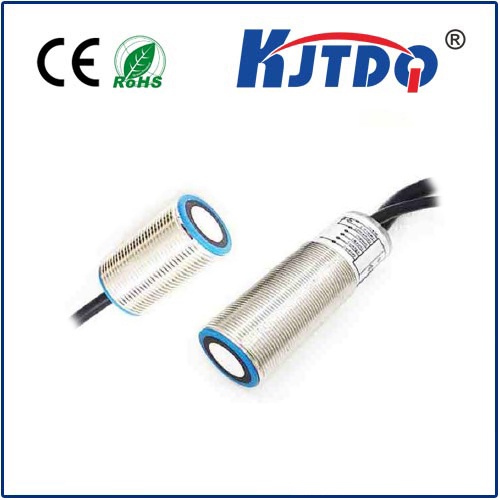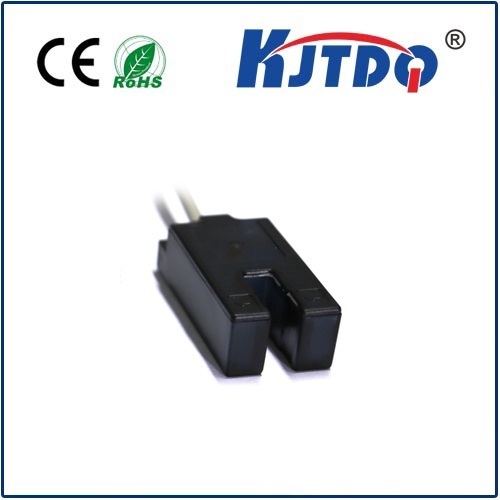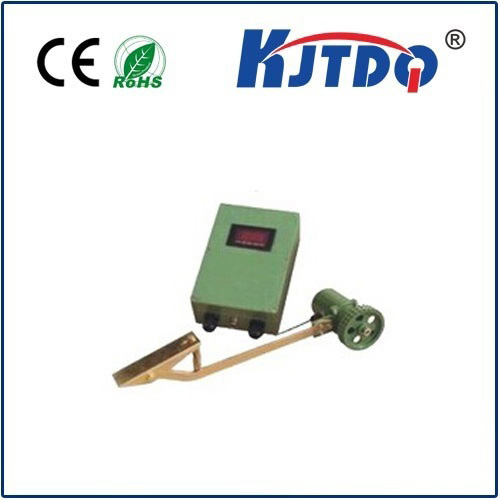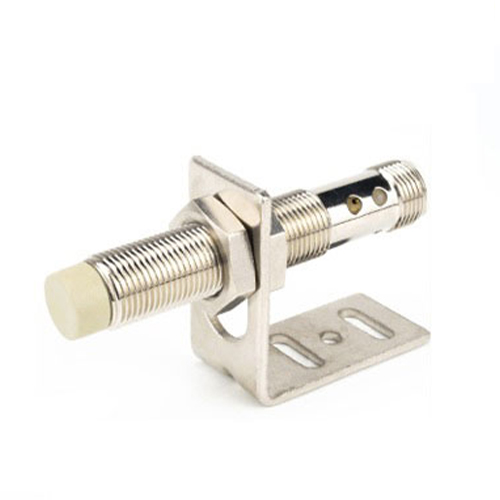высокотемпературный датчик
- time:2025-08-20 01:37:49
- Нажмите:0
High Temperature Sensors: Essential Guardians in Extreme Environments
Imagine controlling a jet engine’s thrust without knowing its internal temperature, or safely processing molten metal without monitoring the crucible’s heat. It’s unthinkable. In countless industrial, aerospace, energy, and research settings, accurately measuring temperatures far beyond the limits of conventional devices isn’t just beneficial – it’s critical for safety, efficiency, and innovation. High temperature sensors are the specialized instruments designed to perform reliably in these punishing thermal zones, acting as the indispensable eyes within the inferno. Understanding their capabilities, types, and selection criteria is paramount for navigating the challenges of extreme heat.
Defining the Extreme: What Qualifies as “High Temperature”?
The term “high temperature” is relative. For consumer electronics, 100°C (212°F) might be high. In industrial processes, the threshold often starts around 400°C (752°F) and extends upwards, sometimes exceeding 2000°C (3632°F). High temperature sensors are specifically engineered to operate accurately and durably within these demanding thermal regimes, where standard sensors would rapidly degrade, drift, or fail catastrophically.
Where the Heat is On: Key Applications

The demand for robust, high-performance temperature sensors spans diverse sectors:
- Industrial Manufacturing: Foundries (molten metal handling), glass production (furnaces, float lines), ceramics kilns, chemical processing (cracking units, reactors), and power generation (gas turbines, boiler systems). Precise temperature control is vital for product quality, energy efficiency, and preventing hazardous situations.
- Воздушно - космические и Оборона: Jet engine monitoring (turbine blades, exhaust gases), rocket propulsion testing, hypersonic vehicle research, and avionics in hot zones. Sensors here must survive not only extreme temperatures but also intense vibration and pressure.
- Energy Sector: Monitoring temperatures in nuclear reactors (coolant loops), geothermal plants, and concentrated solar power systems (focusing mirrors, receivers).
- Automotive: Exhaust gas temperature (EGT) monitoring for engine control and emissions systems (catalytic converters, particulate filters), brake temperature sensing, and electric vehicle battery pack thermal management.
- Research & Development: Materials testing under extreme heat, development of new propulsion systems, and high-temperature chemistry experiments.
The Core Challenge: Operating Under Fire
Designing sensors for these environments presents unique hurdles:
- Material Degradation: Metals can soften or creep; polymers and standard electronics melt; oxidation rates accelerate dramatically. Sensor elements, sheaths, and insulation must use specialized, refractory materials like platinum, platinum-rhodium alloys, specific ceramics (alumina, zirconia), high-nickel alloys (Inconel, Hastelloy), and mineral insulated cables.
- Thermal Expansion Mismatch: Different materials expand at different rates when heated. If not carefully managed, this can cause sensor drift, mechanical stress, cracking, or connection failures.
- Drift and Stability: Maintaining calibration accuracy over prolonged exposure to high heat is a constant battle. Material changes can alter electrical properties, leading to inaccurate readings.
- Signal Integrity: Transmitting a weak electrical signal reliably from a blistering environment to a cooler control room requires careful design to minimize noise and signal loss.
- Installation & Protection: Physical mounting and protecting delicate sensing elements from harsh atmospheres (corrosive gases, particulates, slag) often necessitate robust thermowells and specialized installation techniques.
Navigating the Options: Common High Temp Sensor Types
Several sensor technologies stand out in high-temperature applications, each with strengths and limitations:
- Thermocouples (TCs): Arguably the most common solution for the highest temperatures. They generate a voltage proportional to the temperature difference between their measurement junction (hot end) and reference junction (cold end).
- Type R, S, B (Platinum/Rhodium): Handle temperatures up to 1700°C+, offer high stability and accuracy for critical research and industrial processes. More expensive.
- Type K (Chromel/Alumel): Widely used range up to ~1200-1300°C. Cost-effective and versatile.
- Type N (Nicrosil/Nisil): Improved stability and oxidation resistance over Type K at high temperatures (~1200°C).
- Преимущества: Direct contact measurement, simple construction, good high-temp range, relatively low cost (except Platinum types), no external power required.
- Disadvantages: Lower absolute accuracy than RTDs, requires stable reference junction compensation, potential for drift at very high temps, signal is small (microvolts).
- Platinum Resistance Temperature Detectors (RTDs - PRT 100): Known for their high accuracy and stability over a wide, albeit lower than thermocouples, temperature range. Thin-film or wire-wound platinum elements change resistance predictably with temperature.
- High-Temp Range: Specialized designs using platinum wire or thin film on ceramic substrates can reach up to 600-850°C. Requires careful selection of sheath and insulation materials.
- Преимущества: Excellent accuracy, linear output, good stability.
- Disadvantages: Typically lower max temp than thermocouples, more expensive, more susceptible to mechanical damage/vibration, require current excitation.
- Infrared (IR) Pyrometers (Non-Contact): Measure surface temperature by detecting the infrared radiation emitted by an object. This is crucial where contact is impossible or undesirable (moving objects, very high temps, corrosive environments).
- Преимущества: Non-contact, fast response, measure very high temperatures (3000°C+), map temperature distributions.
- Disadvantages: Accuracy depends on knowing the target’s emissivity, sensitive to atmospheric absorption/dust, measure surface temperature only, generally more expensive than contact sensors.
- Specialized Ceramic Sensors: Emerging technologies utilize novel ceramic compositions (e.g., Silicon Carbide) for resistive or capacitive sensing. They offer potential advantages in extreme chemical resistance and very high temperature capability beyond traditional metals.
Choosing the Right Guardian: Critical Selection Factors
Selecting the optimal sensor requires careful consideration:
- Temperature Range: What’s the maximum/minimum operating temperature? Include allowances for overshoots.
- Accuracy & Stability Requirements: How precise do measurements need to be? How critical is long-term drift?
- Environment: Atmosphere (oxidizing, reducing, inert, corrosive gases, presence of slag/metal splatter)? Pressure? Vibration? Space constraints?
- Response Time: How quickly does the sensor need to react to temperature changes?
- Installation Considerations: Can contact be made? Is a thermowell necessary? What is the installation depth/material? Cable routing requirements?
- Output & Connectivity: What type of signal is needed (mV, resistance, 4-20mA, digital)?
- Cost & Lifespan: Balancing performance needs with budget and expected sensor replacement intervals. Investing in robust materials often pays off in reduced downtime and maintenance costs.
The Pillars of Performance: Material Science & Design
The relentless pursuit of high temperature sensor reliability hinges on continuous advancements in materials. Refractory ceramics offer excellent insulation and chemical resistance at extreme temperatures. Platinum-group alloys provide stability and resistance to oxidation. Innovations in mineral insulation materials (like magnesium oxide within metal sheaths - Mineral Insulated, Metal Sheathed or MIMS cables) ensure electrical isolation and physical protection for thermocouple wires and RTD elements even deep within hostile environments. Robust mechanical designs, including specialized thermowells made from high-nickel alloys or ceramics, are crucial for protecting the sensitive element and withstanding insertion stresses and corrosive media. Precise manufacturing and stringent calibration protocols are non-negotiable for ensuring the accuracy and trustworthiness of


